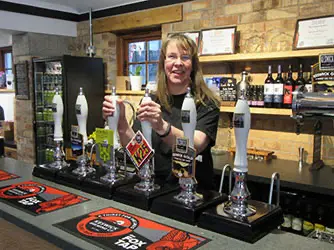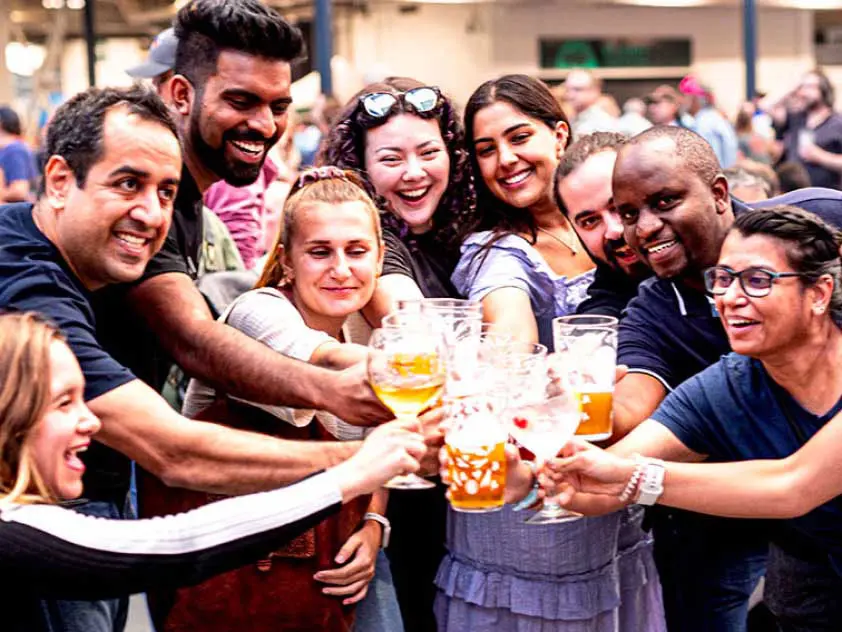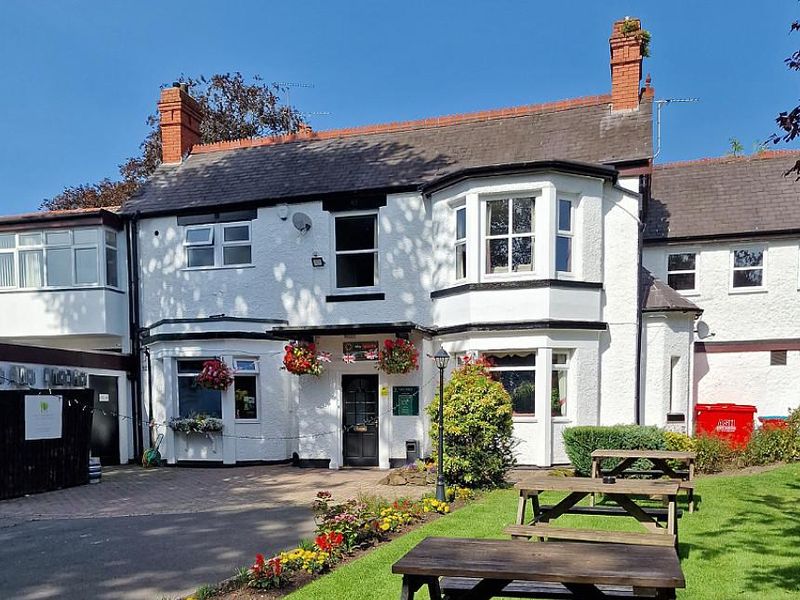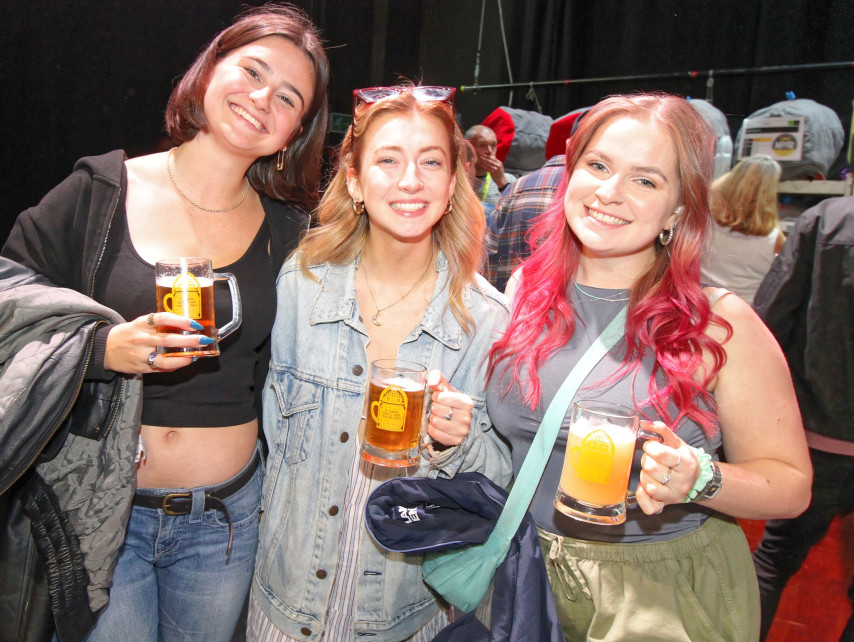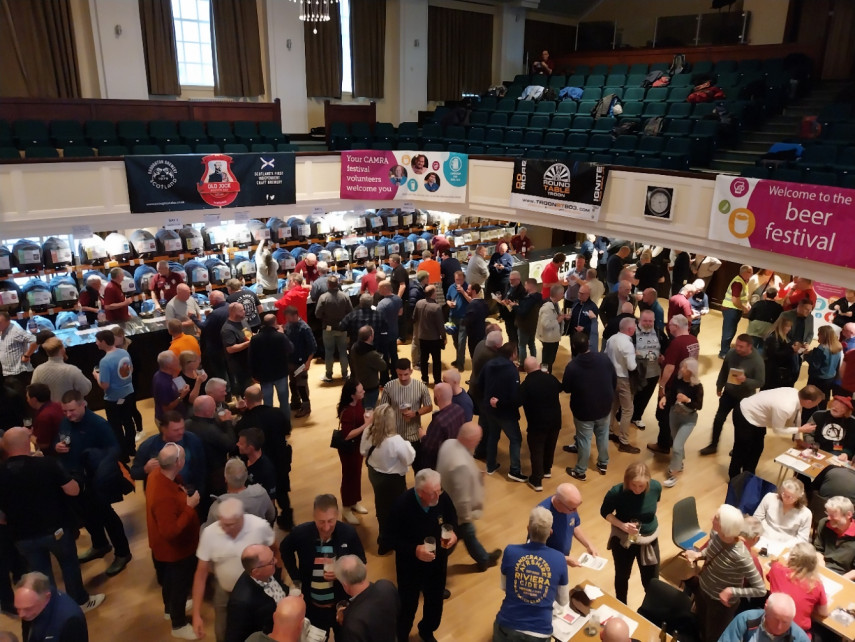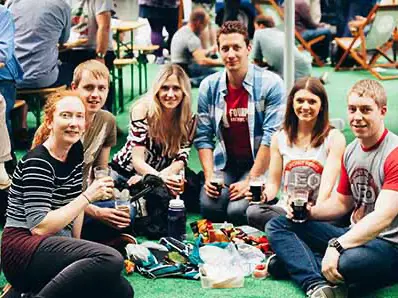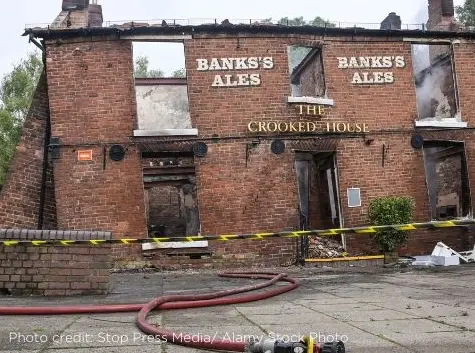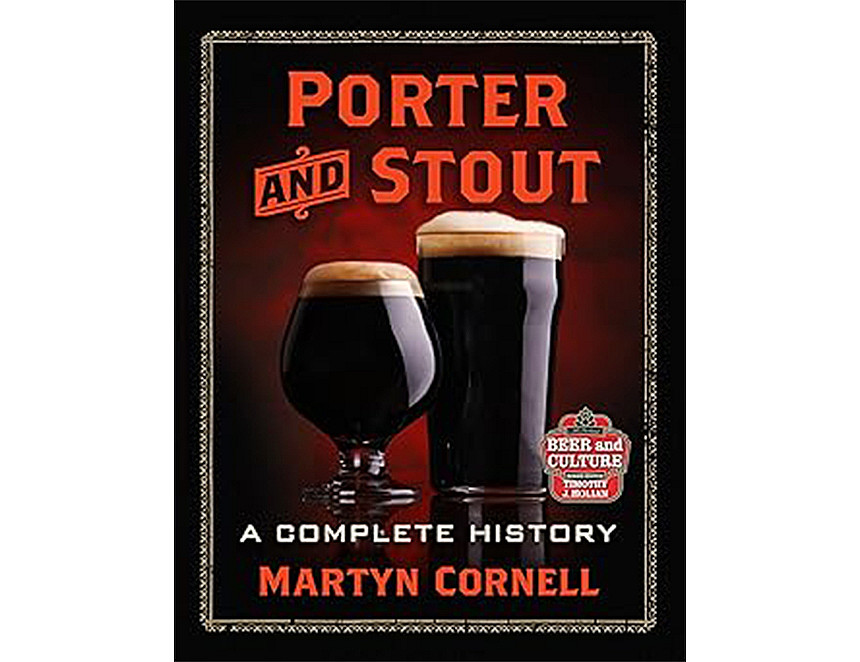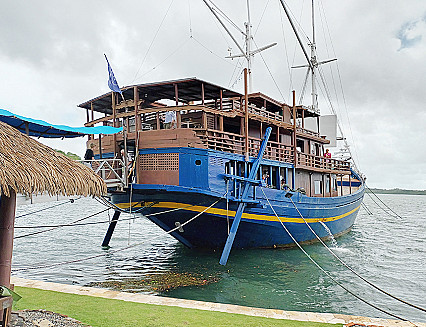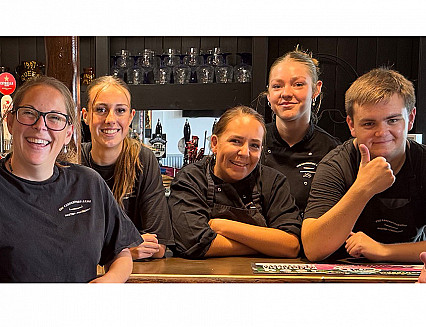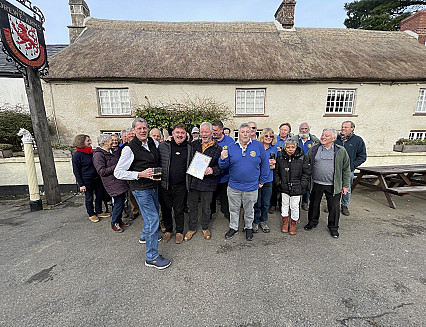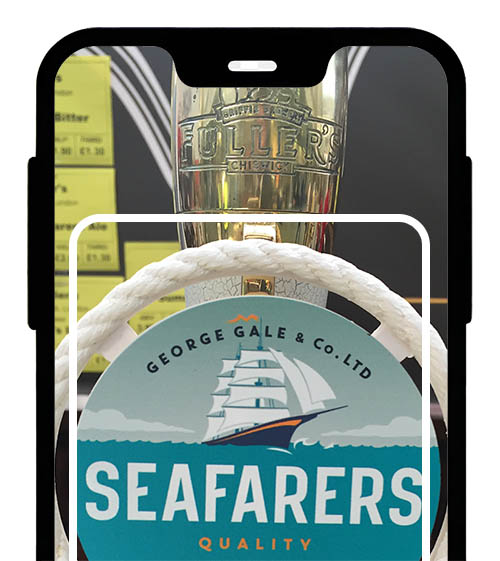Porter and Stout: A Complete History by Martyn Cornell (McFarland, £55.66)
This is, without doubt, one of the great books about beer, standing proud alongside the work of Michael Jackson.
It’s also a tragic volume. Martyn spent six years writing the book and decades researching the subject but he died in June just days before his book was published. It will be his lasting achievement.
Reading this vast tome of 477 pages I felt I had borrowed a time machine and gone back to London at the start of the 18th century. It was a tumultuous period at the dawn of the Industrial Revolution.
London was turning from a group of loosely connected towns and villages into a giant metropolis. Driven from the countryside by land enclosures, thousands of impoverished workers, living in squalid housing, worked long hours in factories and markets and demanded liquid refreshment.
Brewers – mainly at the time publicans brewing on their premises – responded with a beer that acquired the nickname of porter from the army of labourers working the streets, markets and docks of the capital and who downed vast quantities of the new beer.
Martyn is at pains to dismiss the many myths that have developed over the years about the origins of porter. The style wasn’t “invented” by a brewer called Ralph Harwood in Shoreditch, East London. Neither was it a beer that was blended in the cellars of pubs.
Thanks to Martyn’s immense research, we can now be sure the beer was based on existing brown beers of the time. As a result of heavy taxation of malt by a government engaged in wars with both Spain and France, brewers used the cheapest available from neighbouring Hertfordshire.
The malt had a smoky tang that drinkers disliked. As a result, brewers aged the beer in wood for several months, allowing wild yeast cultures to attack the remaining sugars and produce a beer that lacked smokiness and was above all refreshing.
Porter and its stronger version stout porter – later just stout – became so popular that one observer of the London drinking scene described it as “the universal cordial of the populace”.
Porter created the world’s first major commercial brewing industry. Production was prodigious and the demand so high that publican brewers gave up the ghost and were content to buy supplies from commercial brewers.
In 1800, Meux Reid produced 143,000 barrels a year, followed by Barclay Perkins with 137,000, Whitbread 135,000 and Hanbury 131,000. Whitbread’s brewery in the Barbican was described as one of the marvels of the age, using a steam engine to move materials around the site and storing porter in vast underground cisterns.
It was in the 19th century that porter and stout took on the colour we associate it with today. The invention of a malt roasting machine, similar to a coffee roaster, turned the beer from brown to black. The beer also overcame a poor reputation: in the previous century, in order to avoid heavily taxed malt and hops, brewers had used all manner of cheap ingredients as adjuncts, some of which were dangerous if not lethal, in order to cheapen production.
They included aloe, cayenne pepper, ferrous sulphate, nux vomica, potassium carbonate and sulphuric acid. Government crackdowns forced the brewers to clean up their act and produce beers that were palatable and safe.
Porter brewing spread to the provinces. So much porter was exported from Bristol to Ireland that brewers there, notably Guinness, Beamish and Murphy, started to brew their own interpretations. We think of India Pale Ale as the first major exported beer style but long before the arrival of IPA Arthur Guinness was sending his beer far and wide.
He started in 1801 with a West Indies porter for Irish people working on sugar plantations in the Caribbean. The beer became the base for Foreign Extra Stout, exported worldwide and the biggest brand in Africa where today 4.5m hectolitres are brewed annually by seven breweries and in collaboration with other companies.
In the 18th and 19th centuries, porter and stout brewing spread to Europe, Scandinavia and Australasia. The major revelation in Martyn’s book is how early the beer was being consumed and then brewed in the United States.
He spent many months there unearthing the origins of porter brewing. George Washington, the first American president, imported beer from London until the War of Independence when he thought it prudent to source his supplies locally.
London porter was imported in the 1750s but home-grown versions started to appear soon after. The first known porter brewer was John Mercer of Marlborough, North Virginia, who opened a brewhouse in 1765.
By 1857 Philadelphia had nine porter brewers and New York City was close behind. The style spread throughout the vast country, to the Mid-West and California. Surprisingly, even Anheuser Busch in St Louis, Missouri, best known for Budweiser lager, brewed porter.
The style disappeared in the US as a result of Prohibition with just Yuengling and Stegmaier, both in Pennsylvania, surviving.
In Britain porter and stout went into decline in the 19th century as the middle class switched to pale ale and the working class moved their allegiance to mild ale, a fresh and unaged beer that was slightly sweeter and less bitter than porter.
A number of London brewers made up for the fall in domestic sales by joining Guinness in exporting their beers. Barclay Perkins and others developed strong versions of porter and stout for export to Russia and the Baltic States.
In Russia, the Empress Catherine so loved the beer she gave the brewers a royal warrant. This enabled them to label their beers imperial stout. Harvey’s brewery in Lewes, Sussex, got permission to use an authentic Barclay Perkins’ recipe from that period and today brews Imperial Extra Double Stout at 9 per cent ABV.
Massive increases in tax on beer in World War One sounded the death knell for the style as brewers were banned from using heavily roasted malts and alcohol levels were massively reduced with the result that porter became weak and the name stout was something of a joke.
But Martyn’s book proves you can’t keep a good beer down. In 1972 Fritz Maytag, owner of the Anchor Steam brewery in San Francisco, brewed porter and the interest this aroused caused many other American craft brewers to resurrect the style.
In Britain the revival was slower at first but when even such big brewers as Whitbread recreated porter and stout the small trickle became a flood. Today brewers of all sizes are brewing the style. Guinness has overtaken the global lager brands to become the biggest-selling beer in Britain while Anspach & Hobday’s London Porter is its top brew.
The return of porter and stout owes much to the dedicated research and writing of Martyn Cornell. His passion for the style and his determination to seek out its true roots has shone a light on brewing history and he has encouraged a new generation of brewers to recreate the beers.
I hope he was able to see a copy of the book, packed with fascinating images of ancient breweries and advertisements, before he so sadly passed away. It’s his legacy and a book no beer lover should be without.
- McFarland is a publisher of academic books in Jefferson, North Carolina. Copies can be ordered from Amazon but will not be available in Britain until November. It would be advisable to pre-order now.
